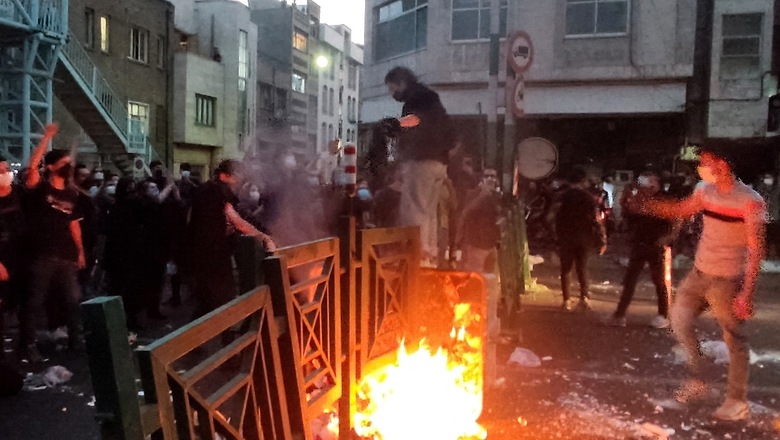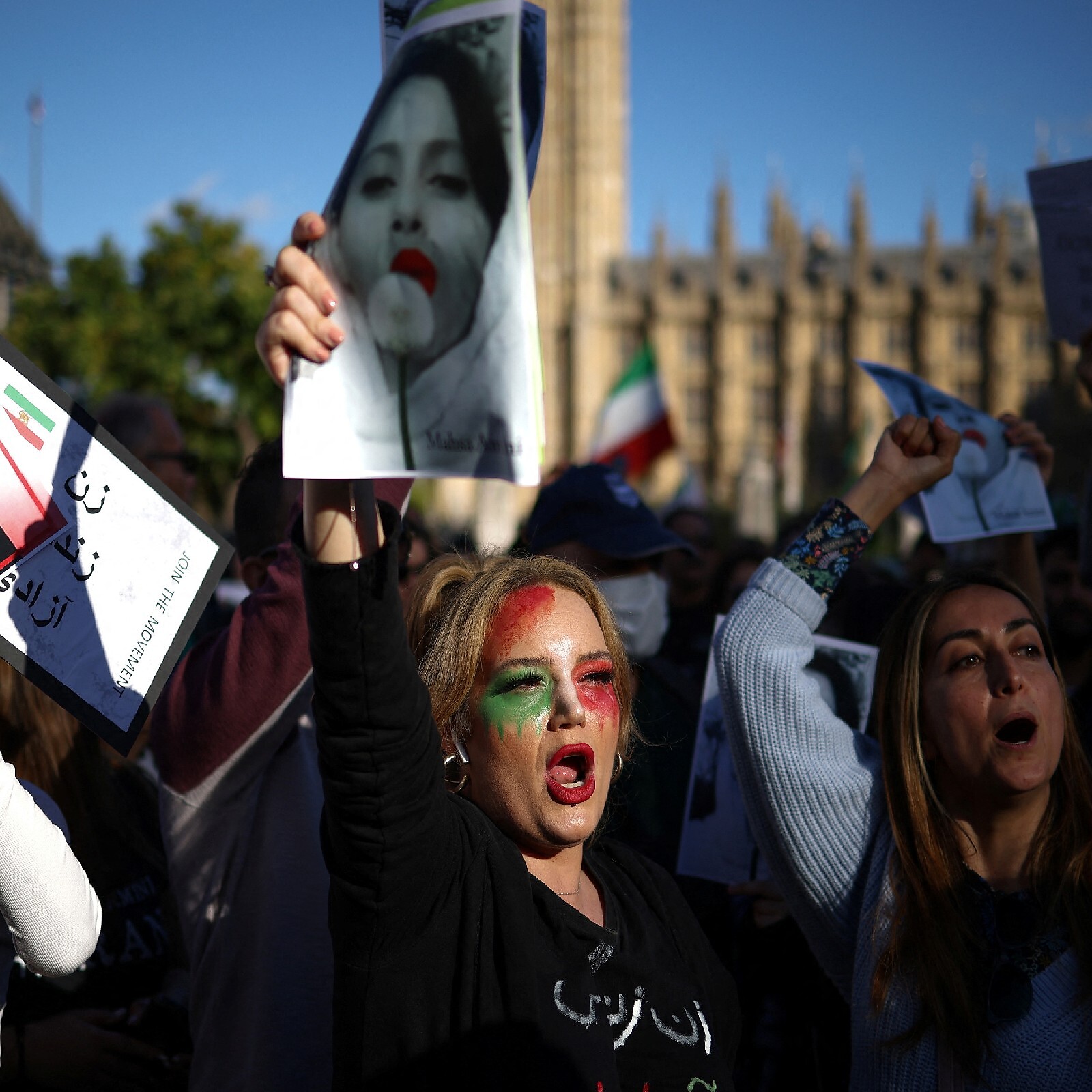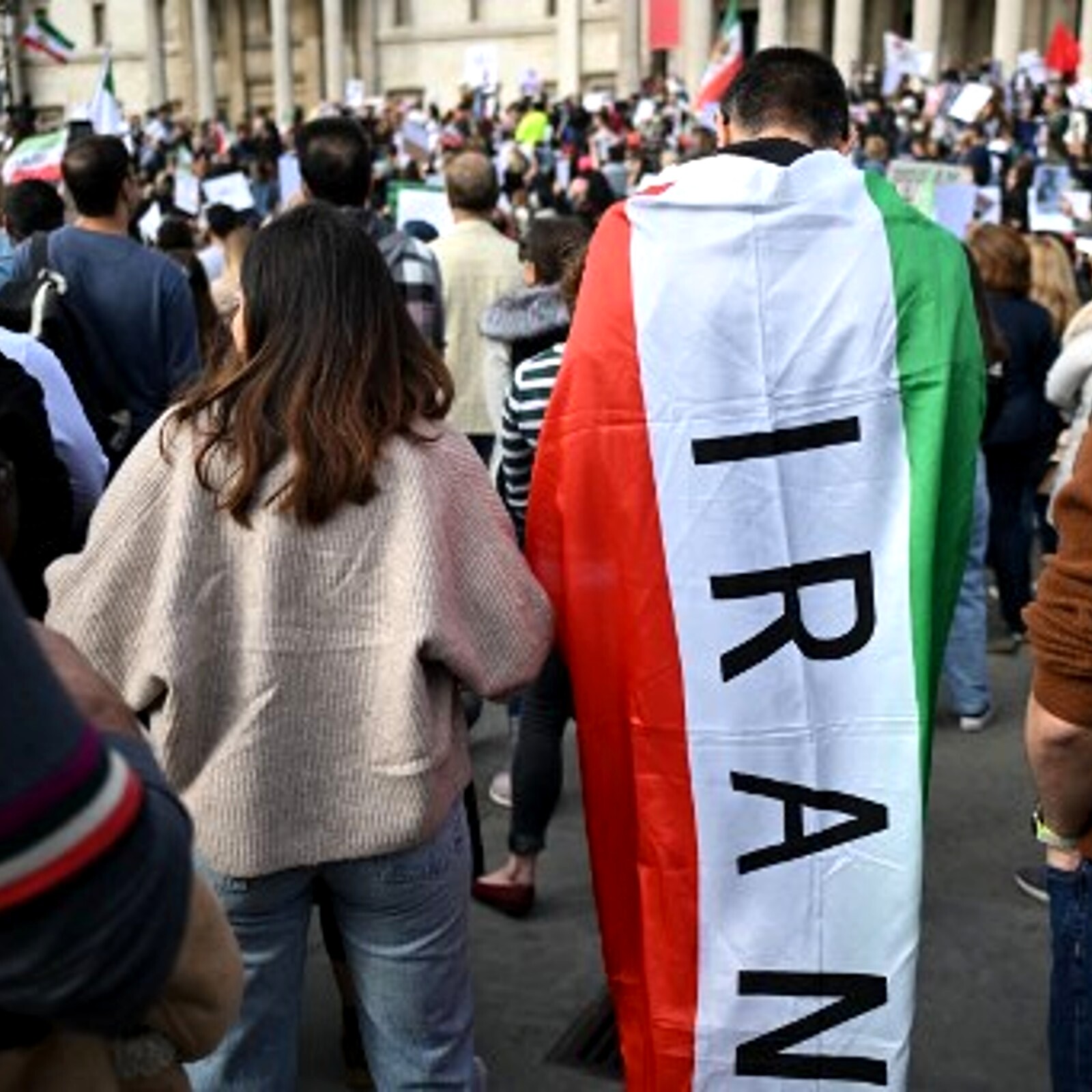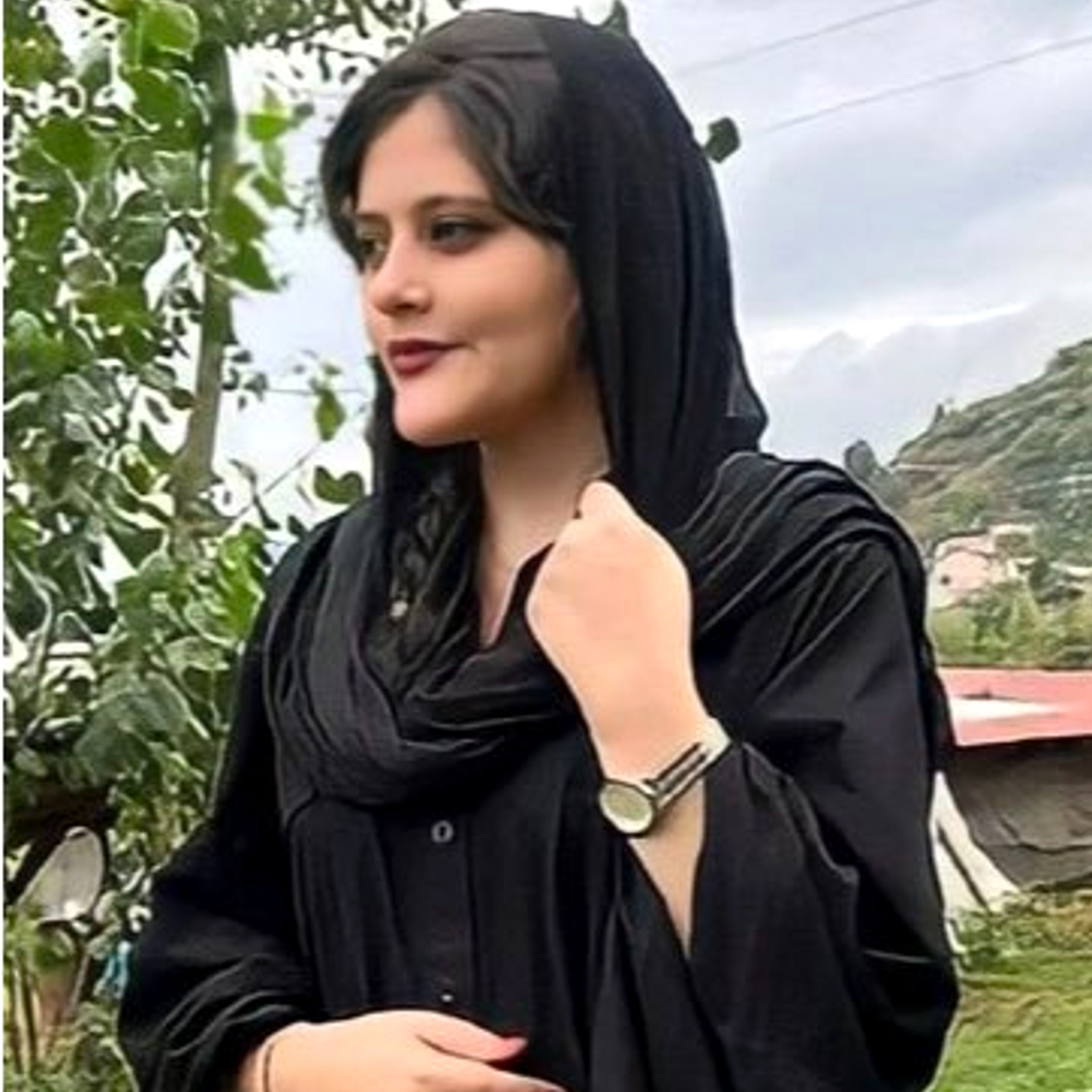
views
After more than two months of protests that were sparked by the arrest of Mahsa Amini for allegedly violating the country’s strict female dress code, Iran has decided to disband its morality police, according to reports published by the country’s local media on Sunday, AFP said.
Since the death of a 22-year-old Iranian woman of Kurdish origin on September 16, three days after her arrest by the morality police in Tehran, widespread protests led by women have swept across Iran. The authorities have referred to these demonstrations as “riots.”
According to the Attorney General Mohammad Jafar Montazeri, who was quoted by the ISNA news agency, “Morality police have nothing to do with the judiciary” and have been abolished.
According to the report, he made the remark while speaking at a religious conference in response to a participant who questioned “why the morality police were being shut down.”
Who are Iran’s Morality Police?
The morality police, formally known as the Gasht-e Ershad or “Guidance Patrol,” were established during the presidency of the conservative Mahmoud Ahmadinejad for the purpose of “spreading the culture of modesty and hijab,” which is the required head covering for women.
In 2006, the units started conducting patrols.

“If [clothing] is too tight, if the body shows too much, if your sleeves are up, if your jeans are torn. They will take you to a detention center…until someone comes and brings you the [appropriate clothes],” Assal Rad, research director at the National Iranian American Council told Time.
The report explained that attire frequently continues to be the focal point because it can be the issue that is most obvious to the police. But they also have the ability to arrest and detain people for drinking alcohol or for attending mixed gatherings of males and females who are not related to each other.
Amini’s passing elicited such an emotional response in part because she had been disciplined for having some of her hair exposed at the time of her death. “It’s the fact that it could have been anyone; millions of Iranian women wear this hijab loosely,” she said. “It’s the fact that it could have been anybody.” According to Rad, “this has almost completely evolved into the norm.”
According to experts, the morality police consider themselves to be responsible for “upholding right and forbidding wrong.” That is very open to different readings and interpretations. they also note that during election season, the summer, and various religious holidays, they tend to be stricter than usual.

According to Roxane Farmanfarmaian, who teaches international politics of the Middle East and North Africa at the University of Cambridge, the morality police did not officially become a separate force until after the Iran-Iraq war in the 1990s.
On the other hand, ever since the beginning of the revolution, women have been subjected to harassment in public spaces because of the clothing choices they make. Since 1979, women in Iran have been required by law to wear a head covering. According to experts, after Mahmoud Ahmadinejad became president of Iran in the middle of the 2000s, the country’s efforts to enforce these rules became even more organised. Their harshness is also influenced by the repressive nature of the administration in power and the general atmosphere of the political system. According to Rad, “the Raisi administration has come in with a hardline view; Iran is already a country that has extreme social and political limitations, and… this administration wants to take it further,” said the report by Time.
What Was the Mahsa Amini Case?
State television had earlier broadcast a short surveillance video that showed a woman identified as Mahsa Amini collapsing in the police station after an argument with a policewoman. Amjad Amini, the victim’s father, told Fars that he did “not accept what (the police) showed him”, arguing that “the film has been cut”.
According to a statement issued by Iran’s security forces, Amini suffered a heart attack at the detention centre while receiving educational training on hijab rules. But her family disputed this claim, claiming she was perfectly healthy prior to her arrest.

The victim’s father also criticised the “slow response” of the emergency services, adding: “I believe Mahsa was transferred to the hospital late.” Interior Minister Ahmad Vahidi said Saturday he had received reports that the emergency services had arrived “immediately” at the scene. “Mahsa apparently had previous physical problems and we have reports that she had undergone brain surgery at the age of five,” Vahidi said.
Her father, however, “insists that his daughter had no history of illness and was in perfect health”, Fars reported.
A photo and video of Amini went viral on social media, showing her unconscious on a hospital bed with tubes in her mouth and nose, blood oozing from her ear, and bruises around her eyes. Several Iranian doctors said on Twitter that while they didn’t have access to her medical file, bleeding from her ear suggested she had a concussion from head injuries.
How Did the Morality Police Get Abolished?
The announcement that they would be abolished came a day after Montazeri stated that “both parliament and the judiciary are working (on the issue)” of whether or not the law that requires women to cover their heads needs to be changed.
During televised remarks on Saturday, the President of Iran, Ebrahim Raisi, stated that the republican and Islamic foundations of Iran’s government were constitutionally enshrined, but that “there are methods of implementing the constitution that can be flexible.”
Clothing standards shifted over time, most noticeably during the presidency of the former moderate Hassan Rouhani, when it became commonplace to see women wearing tight jeans paired with colourful headscarves that were worn loosely.
However, his successor, the ultra-conservative Raisi, called for the mobilisation of “all state institutions to enforce the headscarf law” in July of this year.
At the time, Raisi asserted that “the enemies of Iran and Islam have targeted the cultural and religious values of society by spreading corruption.” In spite of this, a significant number of women continued to break the rules by, for example, allowing their headscarves to slide onto their shoulders or donning pants with a close fit, particularly in major cities and towns.
Saudi Arabia, Iran’s regional rival, also had morality police to enforce female dress codes and other rules of behaviour, but Iran’s police were more lenient. Since 2016, the local force has been marginalised as part of an effort by the Sunni Muslim kingdom to shed its reputation for being overly strict.
Regular Outcry
Over the years, such incidents in Iran have been reported time and again, with some documented. According to a report by the BBC in May 2018, that in the capital Tehran alone, more than 35 female protesters have been arrested since December 2017. Women who take part in anti-hijab protests face up to ten years in prison, according to the police.
A woman was grabbed and slapped by a female morality police officer in Tehran in April 2018 because of her loose headscarf, the BBC report stated. The incident, while not uncommon, was filmed and shared on Masih Alinejad’s Instagram. It was viewed by over 3 million people and received over 30,000 comments. The incident sparked a worldwide outcry. Masoumeh Ebtekar, Iran’s Vice-President for Women’s Affairs, also condemned the violence. “How can this treatment be justified?” she asked on Twitter.
With inputs from AFP
Read all the Latest Explainers here


















Comments
0 comment